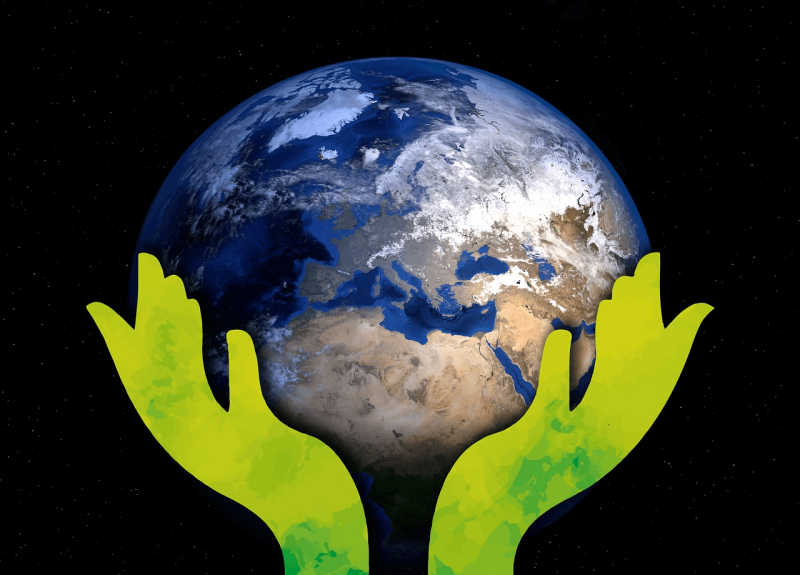By 2050, the global population is projected to total 9.7 billion people. That’s nearly 2 billion more folks on the planet than today.
47% of the earth’s surface produces roughly 2,000 kilocalories per person each day for nearly 8 billion people. [University of Arkansas professor Marty] Matlock said, “That is 16 trillion kilocalories that we produce, process, distribute, and consume everyday around the world. 16 trillion of the most extensive and complicated of human endeavors in total, because it is a human right to eat.”
“To face these challenges, we are going to have to grow those outputs exponentially,” Arkansas professor [Brandon] McFadden said. “And we are going to have to do it in the face of increased pest and weed pressure.”
Additionally, we have climate change to battle. McFadden referred to a 2021 climate change study led by Cornell University citing a 21% decrease in global agricultural productivity since the 1960s.































